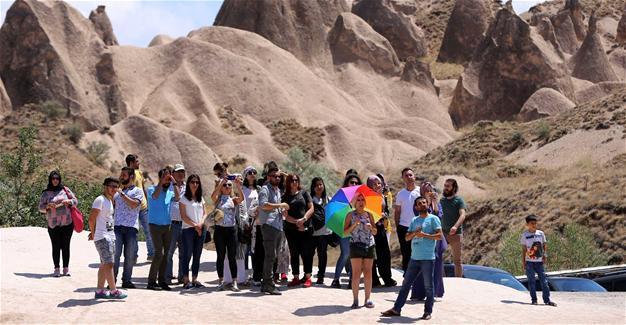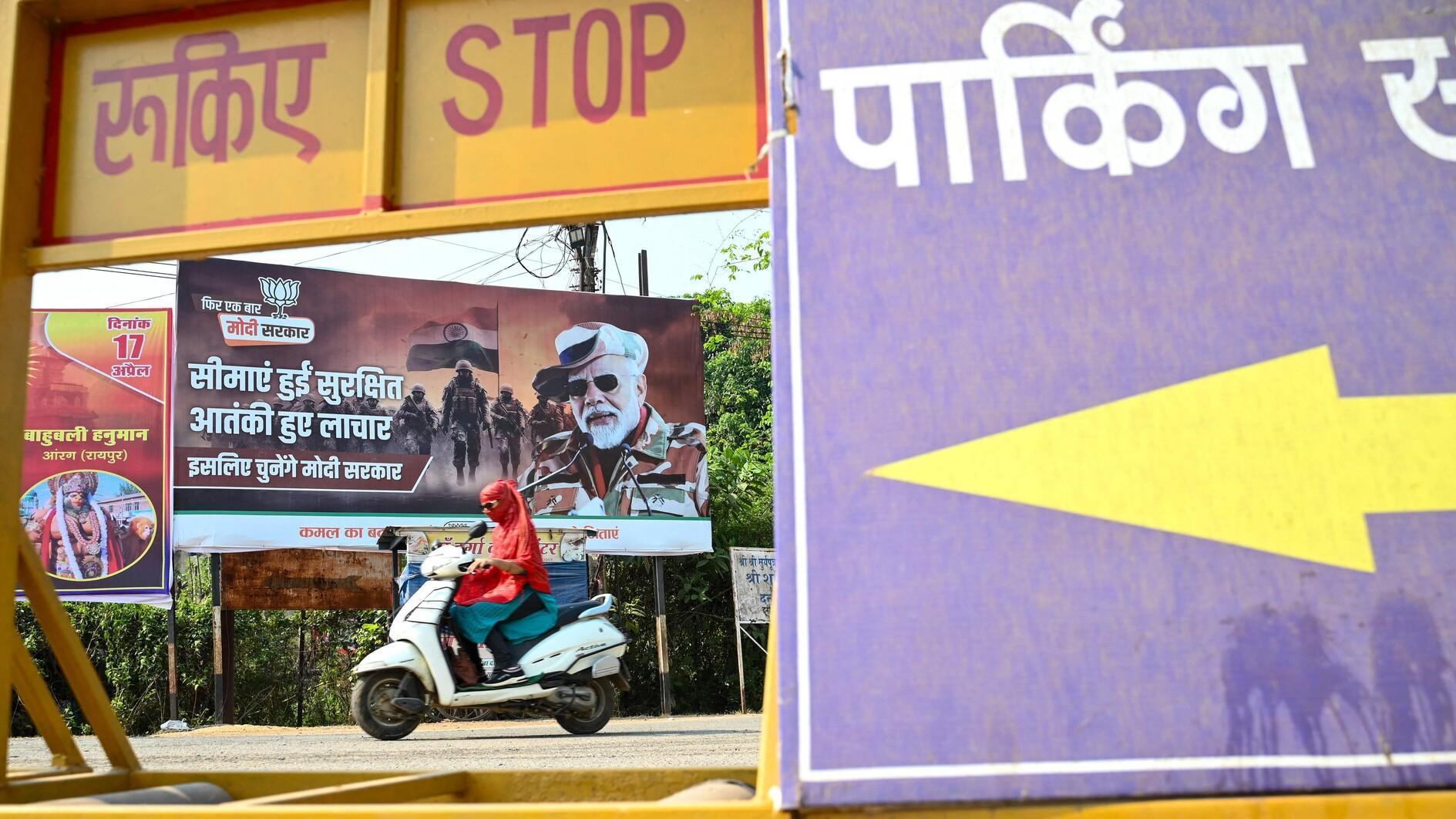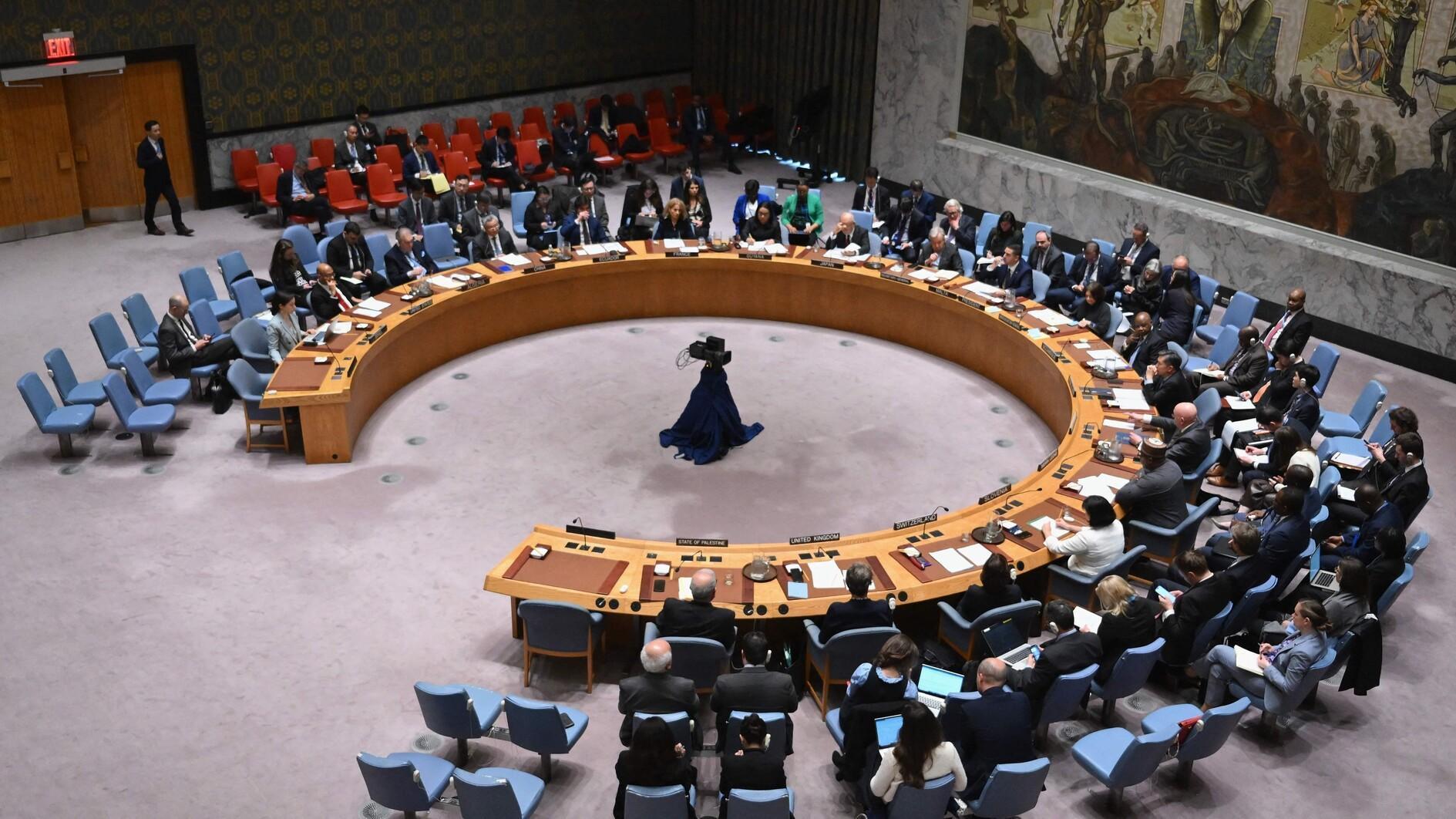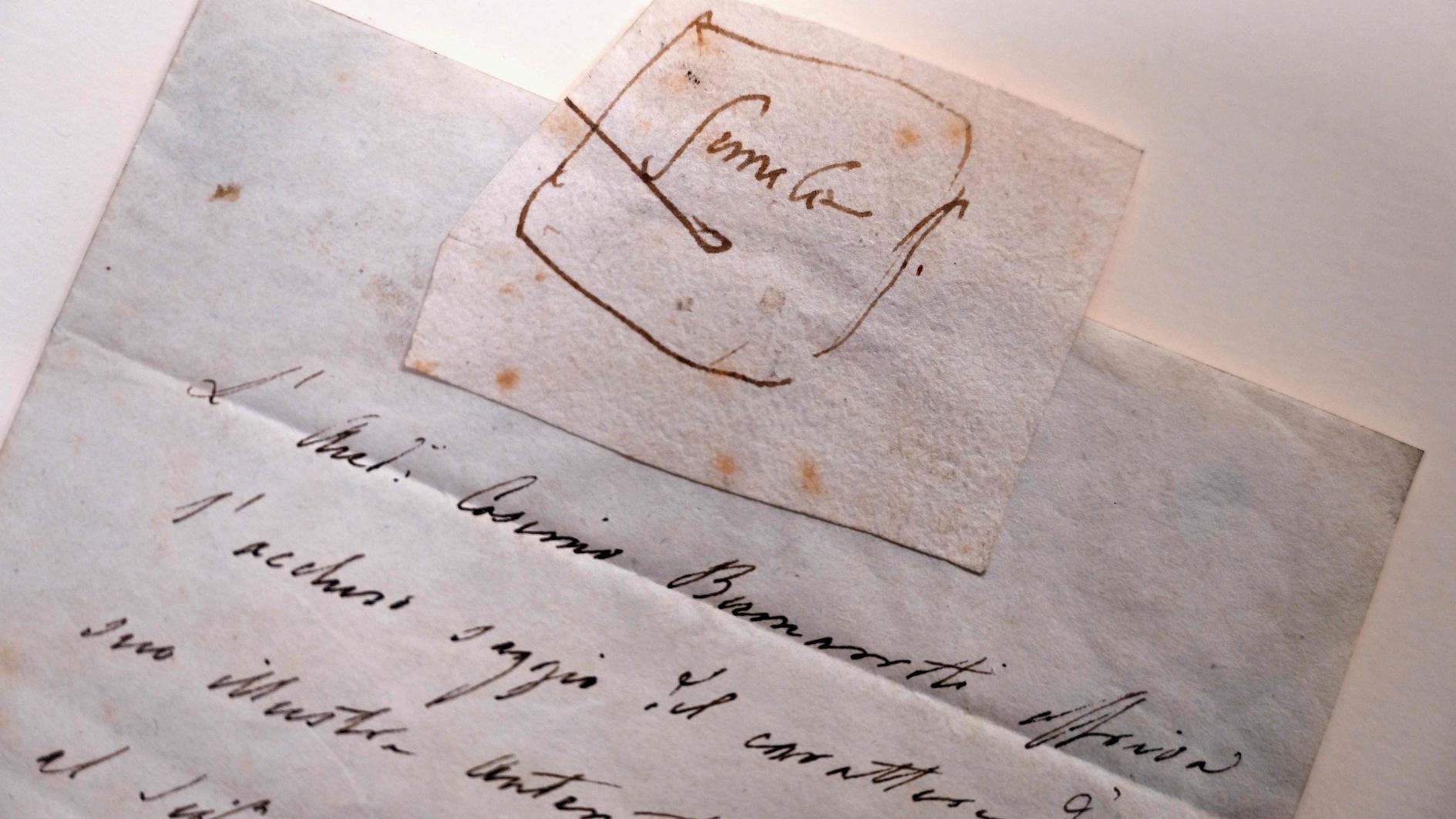Valley in Turkey's Cappadocia opens to an imaginary world
NEVŞEHİR – Anadolu Agency
 In one of Turkey’s most significant tourism centers, Cappadocia, Devrent Valley, also known as the Imaginary Valley, draws the attention of tourists with its interesting rock formations, which look like various figures.
In one of Turkey’s most significant tourism centers, Cappadocia, Devrent Valley, also known as the Imaginary Valley, draws the attention of tourists with its interesting rock formations, which look like various figures.The fairy chimneys, which appeared millions of years ago when the lava from the Erciyes and Hasan mountains had been corroded by wind and rain, offer a tale-like visual in a wide environment in central Anatolia. The animal-shaped rock formations in Devrent Valley near Avanos stretches the imagination of visitors.
Thousands of tourists, who want to see these interesting formations that look like a camel, seal, alligator, dog or hut in their original place, flock to the valley every year and take photos.
Professional tourist guide Ülkü Yılmaz said Devrent Valley is one of the most popular places in tours organized in Cappadocia. She said that when compared to other parts of the region, the rock formations in the valley attract visitors the most due to their interesting shapes.
“Some tourists ask when the figures were made. There are generally conic shapes in the other part of Cappadocia. We call them fairy chimneys. But different shapes have been formed here. People imagine them as various animals or objects. The shapes which look like a sculpture of Virgin Mary, a camel, and an alligator ready to hunt draw great attention,” she said.
Yılmaz said that visitors take photos on the rock formations causing them to wear down.
Some rocks have been surrounded by fences by the Culture and Tourism Provincial Directorate and have been taken under protection.
“Most people know these are natural shapes. But some ask who made them. They think these rocks have been given this shape by a sculptor. We say they are artwork by Mother Nature. People must be banned from walking among these formations. They should view them from afar. They must be prevented from climbing the rocks to take photos,” she said.
















